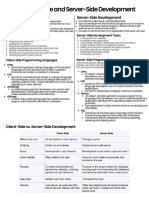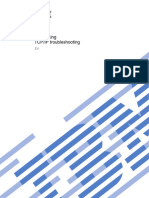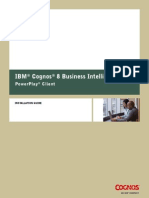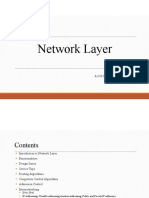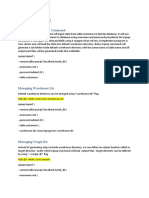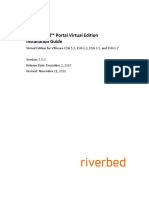0% found this document useful (0 votes)
9 views55 pagesChapter 1 - Introduction
The document provides an overview of the Internet and the World Wide Web, detailing their development, functionality, and key components such as protocols, web servers, and web development practices. It explains the differences between the Internet and the Web, emphasizing the role of web servers and browsers in data communication. Additionally, it covers essential skills for web developers, including programming languages, analytical thinking, and responsive design.
Uploaded by
curiousdrop0Copyright
© © All Rights Reserved
We take content rights seriously. If you suspect this is your content, claim it here.
Available Formats
Download as PPTX, PDF, TXT or read online on Scribd
0% found this document useful (0 votes)
9 views55 pagesChapter 1 - Introduction
The document provides an overview of the Internet and the World Wide Web, detailing their development, functionality, and key components such as protocols, web servers, and web development practices. It explains the differences between the Internet and the Web, emphasizing the role of web servers and browsers in data communication. Additionally, it covers essential skills for web developers, including programming languages, analytical thinking, and responsive design.
Uploaded by
curiousdrop0Copyright
© © All Rights Reserved
We take content rights seriously. If you suspect this is your content, claim it here.
Available Formats
Download as PPTX, PDF, TXT or read online on Scribd
/ 55


